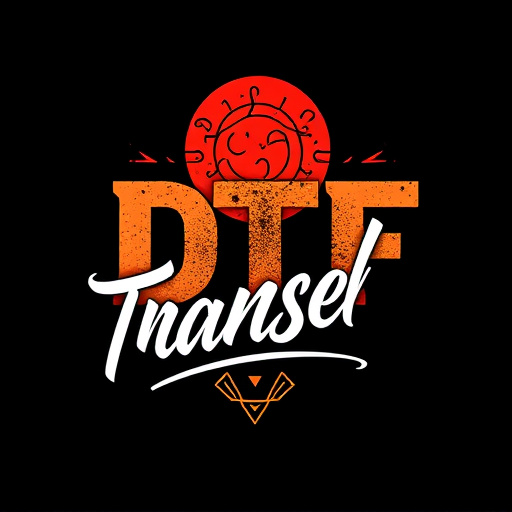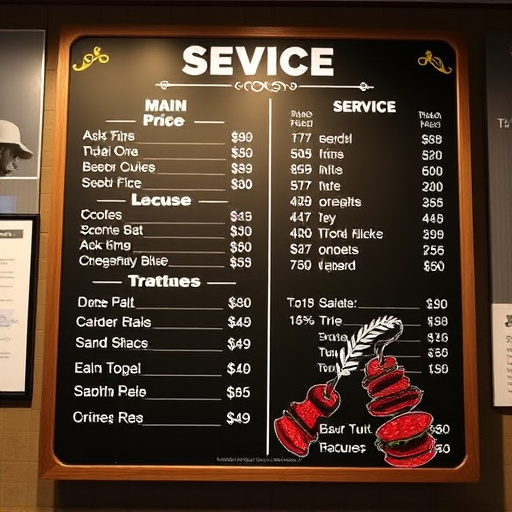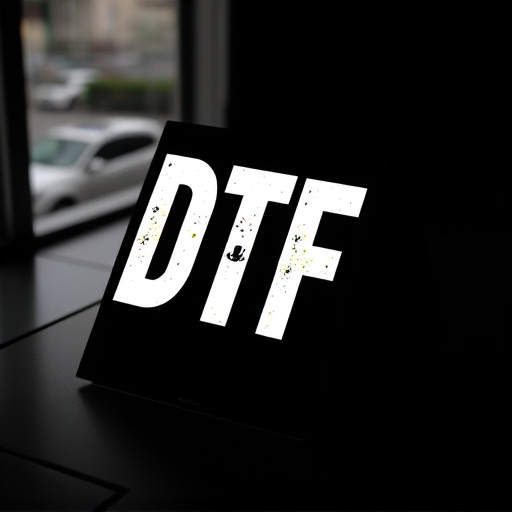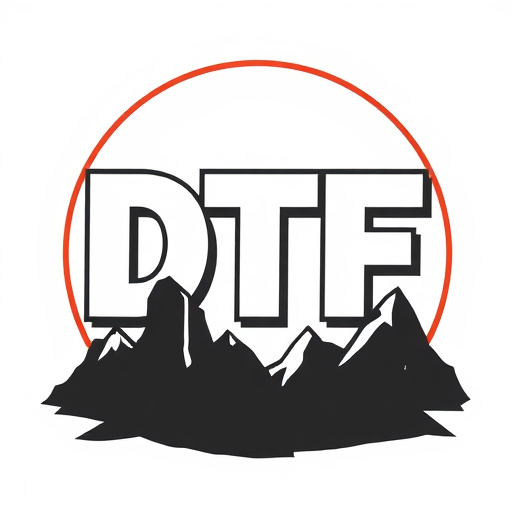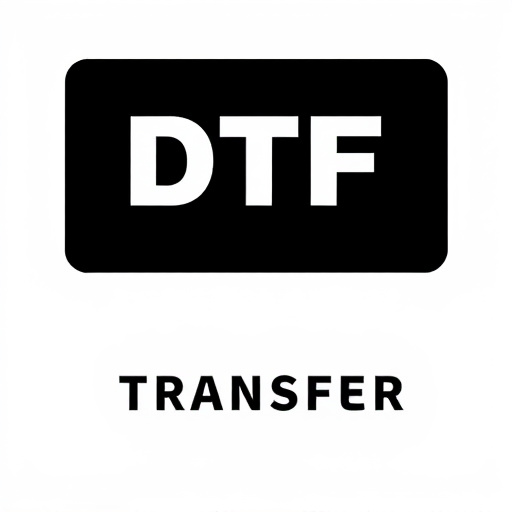Direct-to-film (DTF) transfers have transformed printing by enabling direct reproduction of images on diverse surfaces, expediting production times and enhancing quality. This versatile technique is favored in art and design for preserving intricate details. In the US, DTF has revolutionized visual creation with streamlined methods producing high-quality prints on various media. Its advantages include faster production, cost savings, exceptional detail, color accuracy, and durability. Choosing the right DTF technique requires considering substrate, resolution, and skill level. Stringent quality control ensures DTF transfers meet high standards in projects like historical film restoration and special effects.
“Direct-to-film (DTF) transfers have revolutionized the printing industry in the United States, offering innovative solutions for a diverse range of applications. This article delves into the world of DTF transfers, exploring their unique benefits and processes. From understanding the fundamentals to examining advanced techniques and quality control measures, we provide an in-depth look at this game-changing technology. Discover successful case studies showcasing the impact of DTF printing and learn why it’s becoming a preferred method for many US businesses.”
- Understanding Direct-to-Film (DTF) Transfers: A Brief Overview
- The DTF Transfer Process: From Concept to Print
- Benefits of DTF Printing in the US Market
- Choosing the Right DTF Transfer Techniques
- Quality Assurance and Control in DTF Prints
- Case Studies: Successful DTF Transfer Projects in the USA
Understanding Direct-to-Film (DTF) Transfers: A Brief Overview
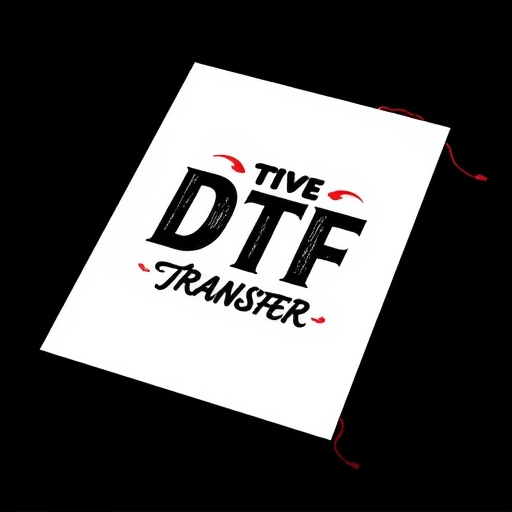
Direct-to-film (DTF) transfers are a cutting-edge printing technique that has revolutionized the way we reproduce images and graphics directly onto various surfaces, including film. This innovative process eliminates the need for traditional intermediate steps, such as creating physical prints or negatives, making it a game-changer in the printing industry. With DTF, designs can be transferred with remarkable precision and clarity, opening up endless possibilities for creative applications.
DTF transfers offer several advantages, particularly in the United States, where they are increasingly popular. They enable faster production times, allow for high-quality prints on demand, and cater to a wide range of media, from traditional film to modern digital displays. This technology is not just limited to vibrant, bustling landscapes; it can also enhance intricate details and delicate artwork, ensuring that every element is reproduced accurately. DTF printing has become a preferred method for many professionals, fostering a new level of creativity and efficiency in the art and design sectors.
The DTF Transfer Process: From Concept to Print

The Direct-to-Film (DTF) transfer process is an innovative technique that has transformed the way artists and printers create visuals for various applications, including signage, packaging, and decorative items in the United States. This modern approach streamlines the design-to-production pipeline by enabling high-quality prints directly from digital files to film, eliminating the need for intermediate steps. The process begins with a digitally prepared image, which is then optimized for specific print requirements, ensuring color accuracy, resolution, and scalability.
Once ready, the DTF file is sent to a specialized printer that uses advanced technology to transfer the design onto a transparent film. This film becomes the master copy, offering exceptional versatility. It can be used for multiple prints while maintaining consistent quality. The process continues with precise cutting of the film to create individual designs or patterns, followed by careful placement on the desired substrate, such as wood, metal, or plastics. Finally, the DTF prints undergo a curing stage, ensuring long-lasting durability and vibrant colors.
Benefits of DTF Printing in the US Market
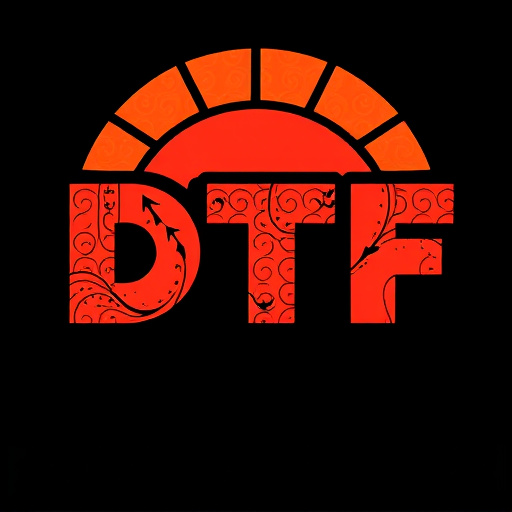
Direct-to-film (DTF) transfers have gained significant traction in the US market due to their numerous advantages. This innovative printing technique offers a seamless and efficient process for producing high-quality prints on various surfaces, including textiles, plastics, and metals. DTF Printing eliminates the need for complex setup and plate preparation, resulting in faster production times and reduced costs compared to traditional methods.
One of the key benefits is its versatility; DTF can reproduce intricate designs with exceptional detail and color accuracy. This makes it ideal for a wide range of applications, from custom apparel and signage to automotive components and decorative items. Additionally, DTF Transfer ensures long-lasting durability, making the prints resistant to fading and wear, ensuring their vibrancy for years to come.
Choosing the Right DTF Transfer Techniques

Choosing the right DTF transfer techniques is paramount to achieving high-quality DTF prints. Factors such as the type of substrate, desired print resolution, and color accuracy must be considered when selecting a specific DTF transfer method. For instance, for intricate designs with fine details, a precision DTF transfer process that offers micro-registration capabilities might be ideal. On the other hand, for larger-scale productions with simpler graphics, a more cost-effective and speedy approach like direct-to-film printing could be preferred.
Additionally, the expertise of the printer plays a significant role in choosing the appropriate technique. Advanced DTF transfer methods demand precision and skill to ensure optimal results, while basic DTF printing processes may be more accessible to beginners. Ultimately, understanding both the project requirements and one’s capabilities is key to selecting the best DTF transfer technique for successful print outcomes.
Quality Assurance and Control in DTF Prints
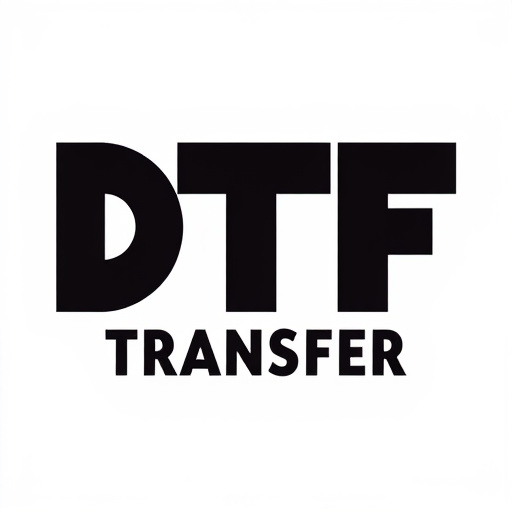
Direct-to-film (DTF) transfers in the United States are subject to rigorous quality assurance and control processes to ensure optimal print outcomes. These protocols begin with meticulous source material selection, where original films or digital files are scrutinized for clarity, resolution, and color accuracy. Advanced scanning technology plays a pivotal role in this stage, capturing every nuance of the original content.
Once scanned, DTF prints undergo extensive quality checks at various stages of production. This includes color profiling to match source material colors accurately, as well as tests for consistency in print density and image sharpness. Quality control teams inspect each print for defects or deviations from the standard, ensuring that only high-quality DTF transfers leave the production line. These measures are vital to preserving the integrity of the original content and delivering exceptional visual experiences for viewers.
Case Studies: Successful DTF Transfer Projects in the USA

Direct-to-film (DTF) transfers have seen significant success in various projects across the United States. One notable example is the transformation of historical films for digital distribution, where DTF Printing techniques have preserved intricate details and color palettes, ensuring these vintage gems remain accessible to modern audiences. These restoration projects not only enhance visual quality but also play a crucial role in cultural preservation.
Another successful DTF Transfer case involves independent filmmakers leveraging this technology to create stunning visuals for their low-budget productions. By utilizing DTF prints, these creators have been able to achieve high-quality special effects and captivating imagery without the hefty costs associated with traditional printing methods. This has fostered a new wave of creativity in indie cinema, showcasing the versatility and cost-effectiveness of DTF Transfer technology.
